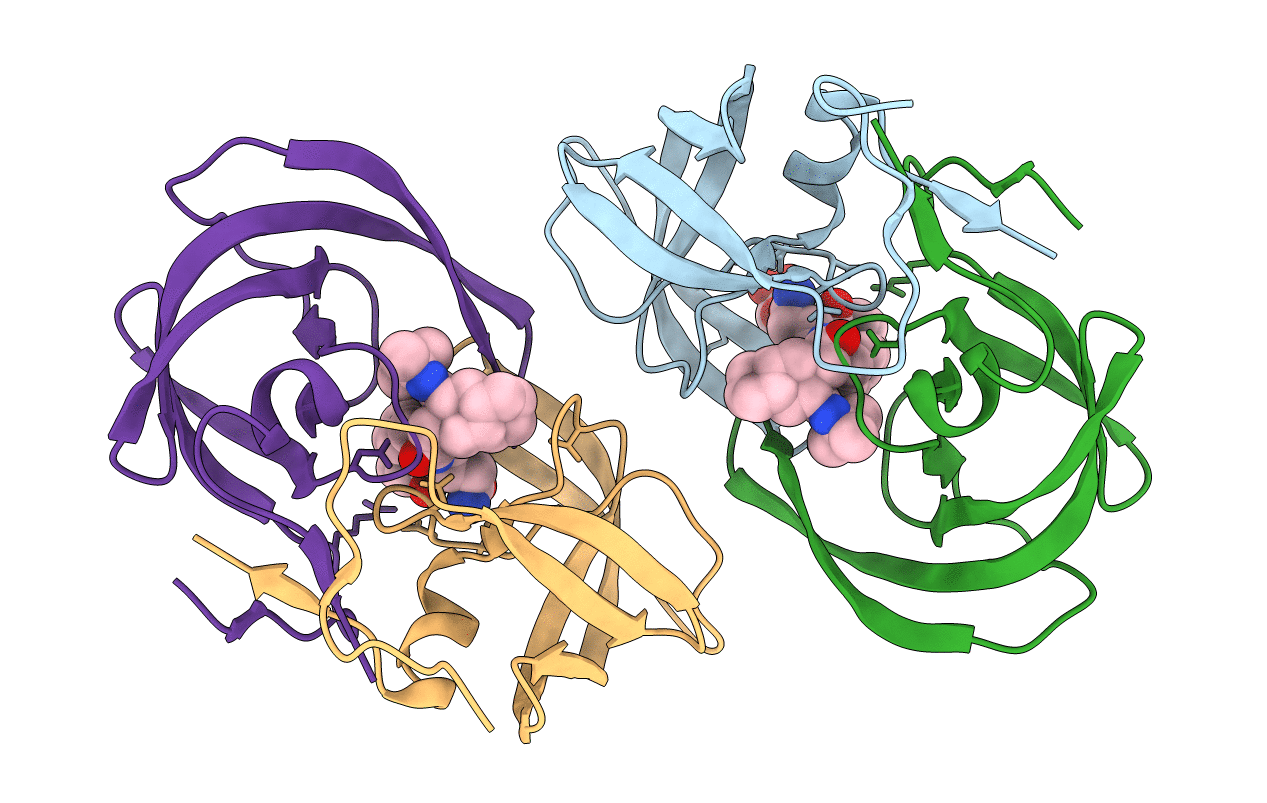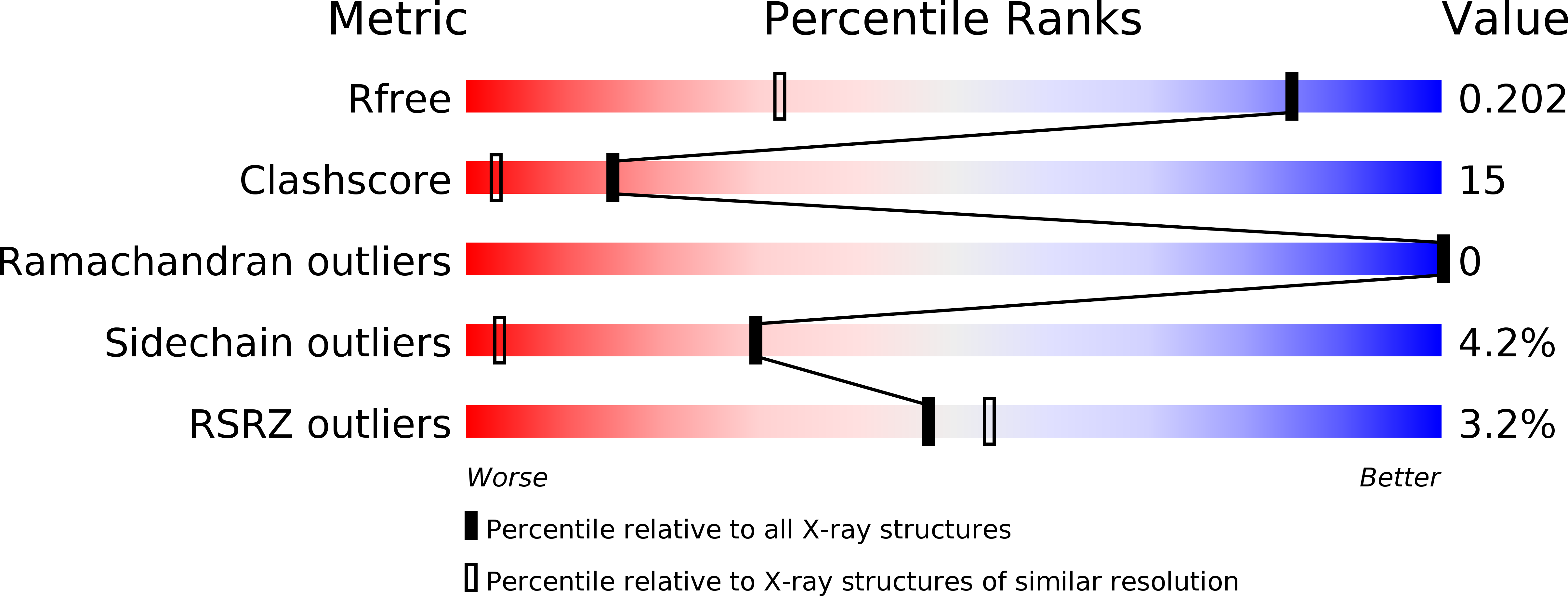
Deposition Date
2011-08-26
Release Date
2012-04-25
Last Version Date
2023-09-13
Entry Detail
PDB ID:
3TKG
Keywords:
Title:
crystal structure of HIV model protease precursor/saquinavir complex
Biological Source:
Source Organism:
Human immunodeficiency virus type 1 (Taxon ID: 11686)
Host Organism:
Method Details:
Experimental Method:
Resolution:
1.36 Å
R-Value Free:
0.21
R-Value Work:
0.16
R-Value Observed:
0.16
Space Group:
P 21 21 21


